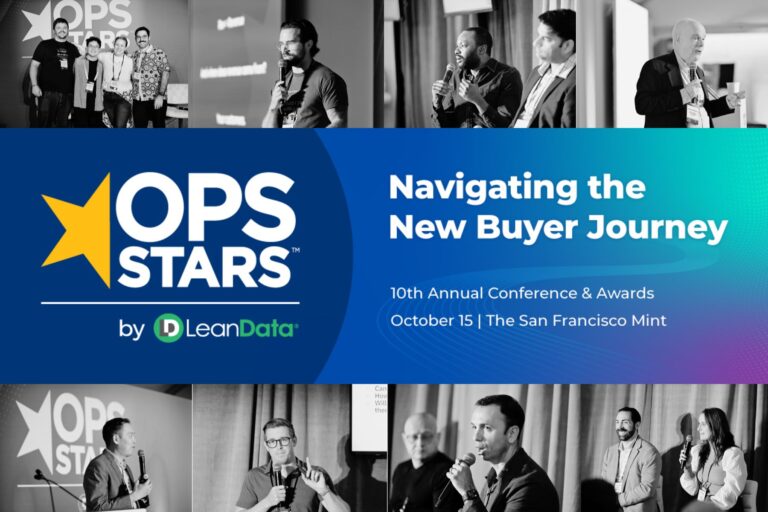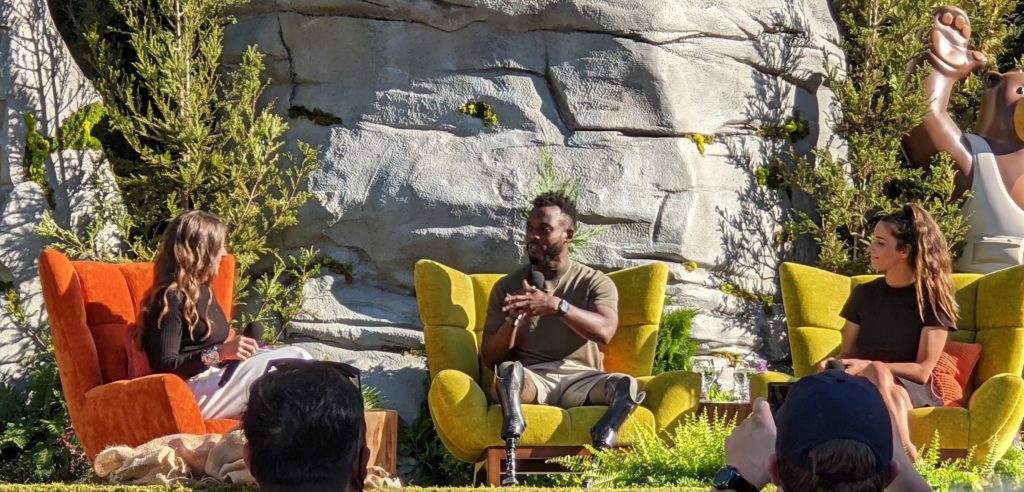Dreamforce, Salesforce’s annual event that brings together the entire Salesforce community, is underway, live in San Francisco and virtually across the globe on the new Salesforce+ streaming platform.
If you’re part of the Salesforce ecosystem, Dreamforce is the can’t-miss event every single year, where “Trailblazers” from around the globe congregate to share their trials, tribulations and successes; learn from one another; and network.
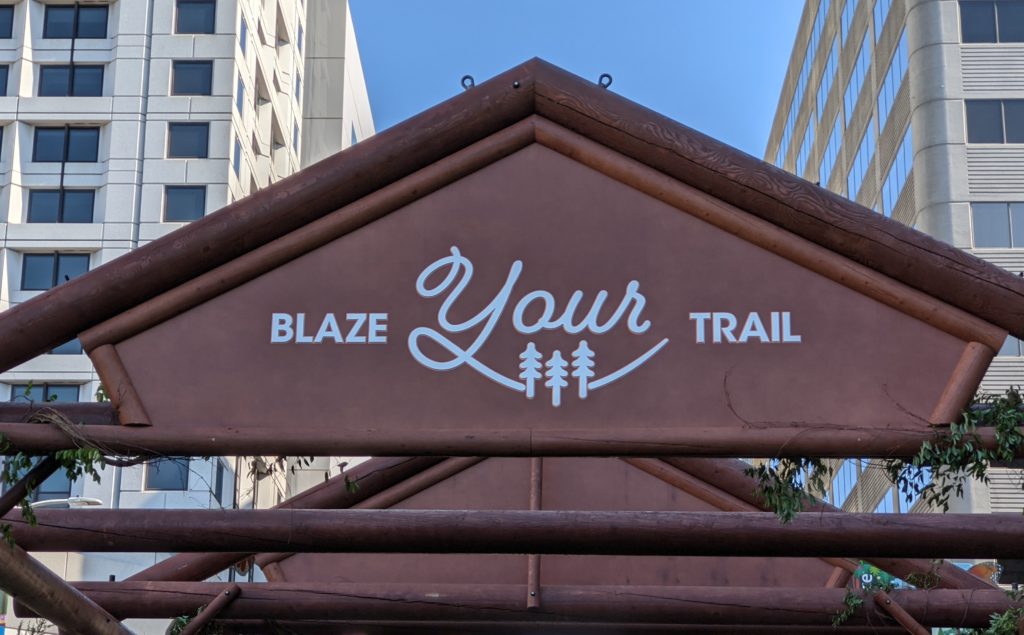
Day Two is in the books. Below are a few of the highlights.
The event’s second day started off on the main stage with a fireside chat, so to speak, between Soledad O’Brien and Salesforce co-founder and CTO, Parker Harris. It was an engaging back-and-forth conversation that provided a bit of insight into both Salesforce’s past and future.
When the company started in 1999, a big decision point for Parker and co-founder Marc Benioff was determining where they would work. Today, if the company was being created, the lead topic would be how to connect online – the digital headquarters.
Additionally, Parker recognized the changes of the last 22 years, and the impact of the crisis of trust and climate change. Both of those would be high agenda items. But, perhaps the biggest change from SFDC’s start in 1999 and now would be its emphasis on equality.
When Salesforce started, equality was not a finding value. It came later, and was employee-driven.
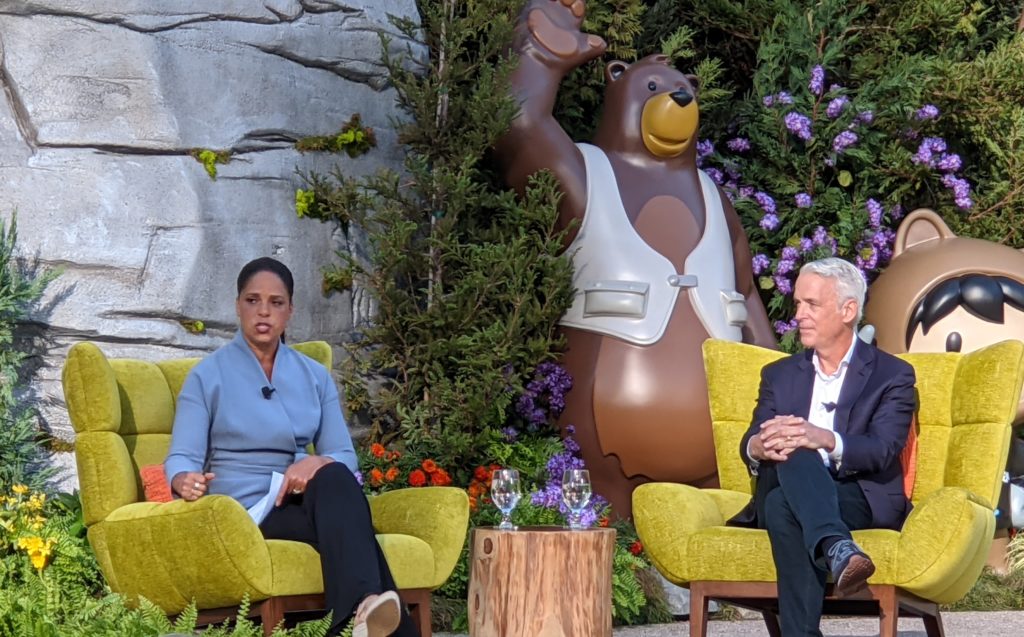
As far as the future, Salesforce is figuring it out and projecting into the future. Parker considers the company to be innovating and going to market better than ever. But, the digital move comes with the threat of losing some of the strong culture within the company. But, the key to long term success will be to embrace where we are in this era of COVID-19 and trust our digital HQ works.
For SFDC, how it will likely work is for teams to decide for themselves. Sixty percent of Salesforce’s employees want to come into the office, but not all the time. SFDC will provide them a choice.
The two also spoke of the Trailblazer community, and it’s origins in the developer community, where people were encouraged to learn the platform and blaze the “click, not code” trail. It’s taken off, of course, and now it’s a vibrant community, encompassing all walks of life and with no one, singular path. Trailblazers aim to transform their careers and pay it forward. And, they blaze trails not just professionally, but personally in society as well.
Getting Back to Growth: Reimagine B2B Sales
Accenture took over the main stage in the morning, with John Carney and Bryan Berumen talking about the state of B2B sales, whose landscape changed overnight with the onset of the pandemic.
Carney shared the impact John Patterson of NCR had on the growth of B2B sales at the turn of the century – the 20th century, that is. His principles of selling and training stood as the backbone of B2B sales forever. Almost literally.
That’s changing now. Buyers have changed and sellers need to respond. It’s what Carney described as “the new new.”
Where is your organization in the new new?
Here’s something to consider: According to Accenture, 70 percent of B2B buyers prefer to complete all of their analysis of needs and alternate solutions before speaking with a Sales rep. How does this new behavior mesh with your sales processes?
Change in the market is fast, and your organization needs to be able to respond in real time. If Amazon or Alibaba burst into your market, would you be able to respond quickly enough?
With the emerging digital workforce, companies need to respond holistically. Importantly, they need to carve out complexity and make their solutions easy to buy. Plus, they have to adopt technology, including artificial intelligence, to power their reinvention.
Accenture shared an interesting statistic. On average, only 57 percent of Sales professionals make their annual number. That’s “failing” by almost any scorecard. Using technology, like LeanData, for example, empowers success.
Moving forward, companies will need to supercharge their talent, spur extraordinary productivity by minimizing the two days a week sellers spend on non-selling tasks that could be taken care of with tech, and develop a sort of “customer telepathy,” understanding what customers want, when and how.
The (Future) State of Salesforce
Corinne Sklar, Edward Schlicksup and Jenn Booth of IBM presented a brief overview of some of the trends reported in The State of Salesforce: Future of Business 2021-2022.
Most organizations find themselves fighting a war for talent. According to , one out of five workers have changed jobs since the beginning of the pandemic, creating a situation in the market some refer to as “the great migration.”
While workers have changed employers, one paradigm has not changed, and that is talent attracts talent. Professionals want to work with others who innovate, are willing to take responsible risks, and get things done. You know, like Trailblazers.
From an organizational perspective, over 80 percent of businesses are investing in AI tools to boost internal collaboration.
That AI is finding its place in developing intelligent workflows. Whereas tools like SFDC have grown up facilitating customer-facing processes, they are now breaking new ground in eliminating silos in mid- and back office work streams. Tools like Slack provide automated mechanisms to guide teammates to what they need to do next.
Lastly, converging ecosystems are being encountered in the marketplace, something IBM coined “coopetition,” where a company may be a competitor in one area while being a partner in another.
Black Women in Leadership
Early in the afternoon, O’Brien facilitated a wonderful panel discussion on the Broadcast Stage, Black Women in Leadership, featuring panelists London Breed, mayor of San Francisco; award-winning writer Minda Harts; and author, journalist and television personality, Elaine Welteroth.
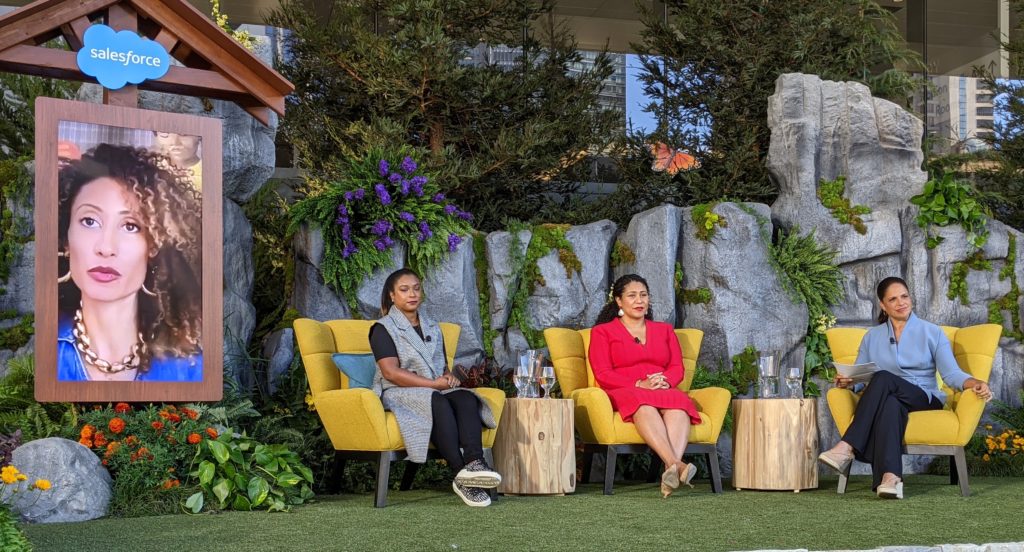
The conversation quickly started with the concept of Black excellence, and what it meant to each of the panelists, from a state of mind/state of being to self-care, from solidarity to freedom, and not seeing oneself through the eyes of another.
Harts put it well when she said, “I might not be welcome in every room, but maybe not every room deserves me.”
While social issues have risen to the forefront in the past year, the panelists agreed that work needs to be done. Collectively, we’ve done the talk. Now it’s time to do the work.
Obstacles and challenges were discussed, including double-standards that often arise whenever there is a “first” involved, or whenever a Black woman is breaking new ground in a pioneering fashion. It’s change that makes some people uncomfortable, but it’s progressive, positive change that benefits everyone – it’s not change to help one group at the expense of another.
As far as discussing societal and institutional racism, Harts again put it well when she stated, “Don’t throw it under the rug; put it on top of the run and handle it.”
Lastly, Welteroth suggested that while Black women are making small degrees of progress in the workplace, there is no substitute to identifying one’s “tribe” outside of her space and cultivating relationships.
Sustainability Priorities in the Race to Net-Zero
Justin Worland, senior correspondent for TIME magazine, hosted the afternoon session on sustainability, a topic Salesforce takes quite seriously, So seriously, that as “sustainability” was the magic word of the session, each time it was mentioned, SFDC pledged the planting of 10 trees. At the end of the session, 470 trees were designated for planting.
There are several areas to which one can center sustainability efforts. For Salesforce, it’s trees, as they are nature’s way of sequestering carbon (among a great many other benefits). Over the history of the planet, humans have eradicated about one half of Earth’s six trillion trees. Salesforce attempts to rectify that damage with an initiative to plant one trillion trees. Check it out at 1T.org. Additionally, check out Jane Goodall’s mission for another trillion trees.
With regards to sustainability, Salesforce’s mission is rather simple, and that is to accelerate the world’s largest businesses to reach net zero. Over 70 percent of c consumers believe businesses should work toward sustainability, but only about one third of them trust business to do so. That’s where SFDC’s Sustainability Cloud fits in – a product that provides transparency and promotes trust.
Tapping Into the Gold Medal Mindset
Sarah Franklin, president and chief marketing officer of Salesforce, facilitated an inspiring conversation with U.S. Olympians Blake Leeper and Aly Raisman.
Do yourself a favor and watch this session.
Raisman, a decorated gymnast, shared lessons in courage, in the context of her recent testimony to sexual abuse. Leeper, the only Paralympian who had run the 400 meters in less than 45 seconds, shared stories of accountability and perseverance – “my adversity is my advantage.”
Wonderfully engaging and motivational, this session will stoke the fires to get you from where you are to where you want to be.






